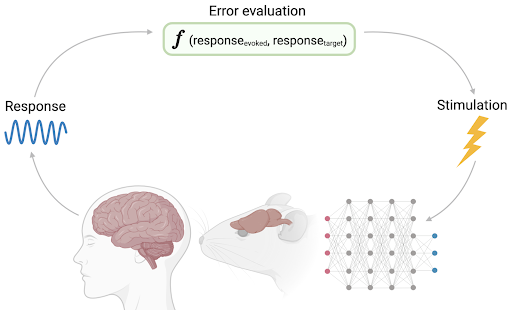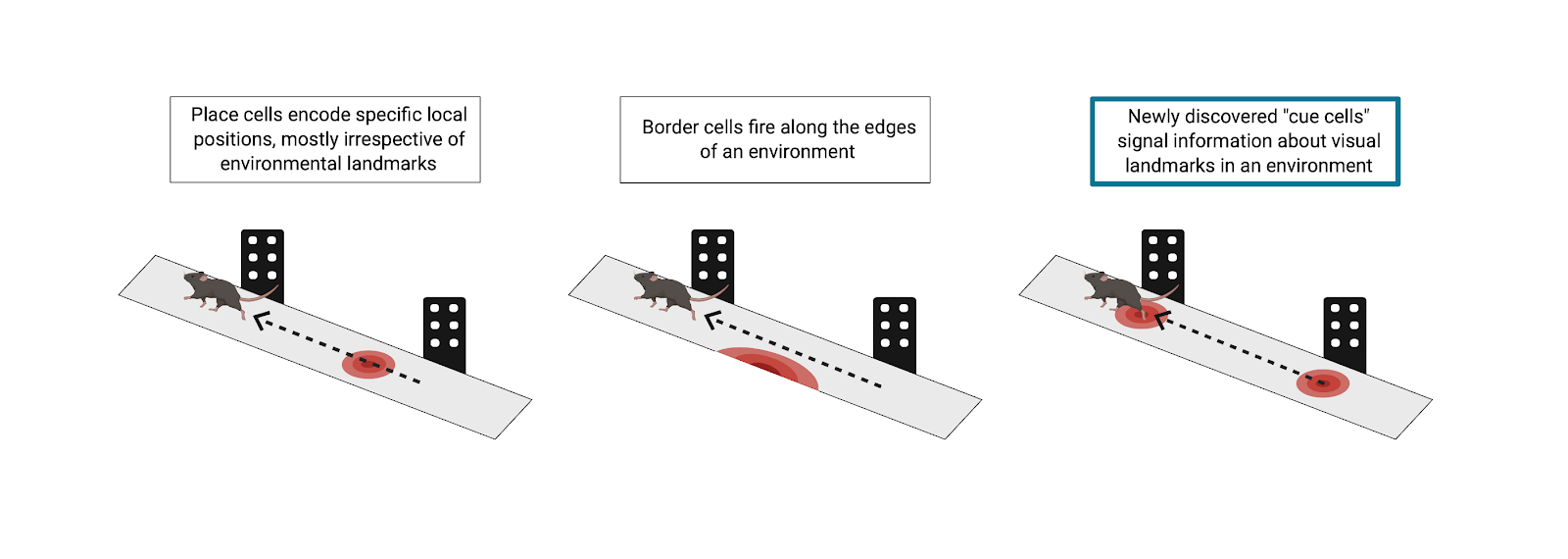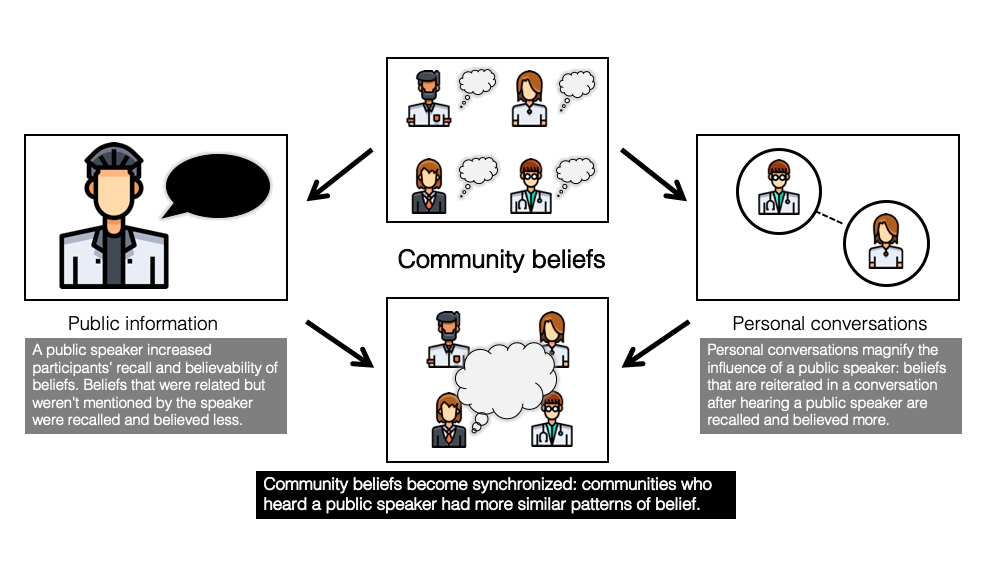Review written by Eleni Papadoyannis (PNI)
How do humans control a complex system like the brain? Over the years, neuroscientists have discovered numerous methods to do exactly that. Applying chemicals, such as muscimol, can drive inhibition to shut down a brain region. Alternatively, shining light can selectively activate certain cell types through the photo-sensitive protein channelrhodopsin. Sending electrical impulses via electrodes in deep brain stimulation (DBS) can also control regional activity in humans. Causal manipulation of the brain not only offers incredible insight into hypotheses relating neural activity to behavior, but also serves as a clinical tool. Electrical and magnetic stimulation methods have been used as therapies for treating patients with a variety of diseases and disorders, such as using DBS to control motor disruption in Parkinson’s. A major limitation with many stimulation methods, however, is that the protocol is static while the brain is plastic—over time, brain responses to stimulation may no longer elicit what was intended as the brain naturally changes.
Continue reading


